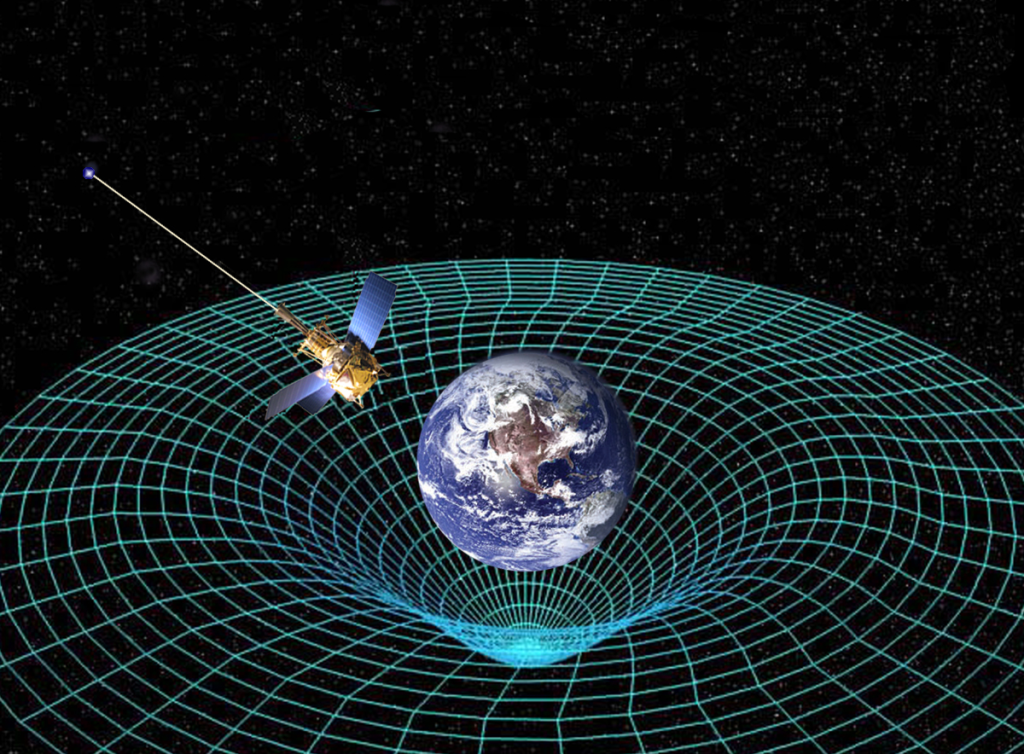Table of Contents
The multiverse theory proposes the existence of multiple, perhaps infinite, parallel universes beyond our own, each with its own distinct set of physical laws and realities. This fascinating concept, which straddles the boundaries between physics, cosmology, and philosophy, has captivated scientists, philosophers, and science fiction enthusiasts alike. This article delves into the multiverse theory, its scientific underpinnings, implications, and the debates surrounding its validity.

1. What is the Multiverse Theory?
The multiverse theory suggests that our universe is just one of many universes that exist simultaneously. Each of these universes, or &8220;parallel universes,&8221; may have different physical laws, constants, and even versions of ourselves.
- Types of Multiverses: The theory encompasses several types of multiverses, including:
- Bubble Universes: Also known as &8220;pocket&8221; or &8220;parallel&8221; universes, these are regions of space where different physical laws and constants apply, emerging from the inflationary process of the early universe.
- Many-Worlds Interpretation: In quantum mechanics, this interpretation proposes that every quantum event results in a branching of the universe into different realities, each representing a different outcome of the event.
- String Theory Landscape: According to string theory, the fundamental particles of the universe are one-dimensional &8220;strings&8221; rather than point-like particles. This theory predicts a vast landscape of possible universes with different physical properties.
- Origins: The concept of the multiverse has roots in ancient philosophy but gained significant scientific traction in the 20th century with advancements in cosmology and quantum mechanics.
2. Scientific Foundations
The multiverse theory is supported by several scientific frameworks, although it remains highly speculative:
- Cosmic Inflation: The theory of cosmic inflation, proposed by Alan Guth and others, suggests that the early universe underwent a rapid expansion. This inflationary model predicts that different regions of space could have stopped inflating at different times, leading to the formation of distinct &8220;bubble&8221; universes.
- Quantum Mechanics: The Many-Worlds Interpretation of quantum mechanics, introduced by Hugh Everett III, posits that every possible outcome of a quantum event occurs in a separate, parallel universe. This interpretation addresses some paradoxes of quantum mechanics, such as Schrödinger&8217;s cat, by proposing that all possible states are realized in different universes.
- String Theory: String theory, which attempts to unify general relativity and quantum mechanics, predicts a vast number of possible vacuum states, each corresponding to a different universe with its own set of physical laws. The &8220;string theory landscape&8221; is a mathematical model that suggests a multitude of possible universes.
3. Implications of the Multiverse Theory
The implications of the multiverse theory are profound and far-reaching:
- Philosophical Implications: The existence of multiple universes raises questions about the nature of reality and existence. It challenges our understanding of uniqueness and individuality, suggesting that every possible outcome of every event might exist somewhere in the multiverse.
- Scientific Exploration: If the multiverse theory is correct, it could provide insights into fundamental questions about the universe&8217;s origin, the nature of physical laws, and the limits of human knowledge. It also raises questions about the testability of scientific theories and the nature of empirical evidence.
- Cosmological Constants: The multiverse theory could explain the fine-tuning of cosmological constants observed in our universe. If there are many universes with different constants, it is not surprising that our universe happens to have the right conditions for life.

4. Criticisms and Challenges
Despite its intriguing possibilities, the multiverse theory faces significant criticisms and challenges:
- Empirical Evidence: One of the main criticisms is the lack of direct empirical evidence for the existence of other universes. The theory&8217;s predictions are difficult to test or observe, making it challenging to validate scientifically.
- Falsifiability: The principle of falsifiability, a cornerstone of the scientific method, requires that a theory can be proven wrong through experimentation or observation. Critics argue that the multiverse theory may not be falsifiable, as other universes are inherently beyond our observational reach.
- Philosophical Issues: The multiverse theory raises philosophical questions about the nature of reality and the limits of human understanding. Some critics argue that it might lead to an &8220;anything goes&8221; attitude in science, where any theory could be considered valid if it can be made to fit the multiverse framework.
5. Current Research and Future Prospects
Research into the multiverse theory continues to evolve, with several areas of focus:
- Mathematical Models: Researchers are developing sophisticated mathematical models to explore the implications of the multiverse theory. These models aim to understand how different universes could arise and interact, and to assess the potential consequences for fundamental physics.
- Observational Strategies: While direct observation of other universes is challenging, scientists are exploring indirect methods, such as searching for &8220;signatures&8221; of other universes in cosmic microwave background radiation or gravitational waves. These approaches could provide clues about the existence of a multiverse.
- Interdisciplinary Approaches: The study of the multiverse theory involves collaboration between physicists, cosmologists, philosophers, and mathematicians. This interdisciplinary approach helps to address the complex questions and challenges associated with the theory.

Conclusion
The multiverse theory represents one of the most fascinating and speculative ideas in modern science and philosophy. By proposing the existence of multiple, parallel universes, it challenges our understanding of reality and offers intriguing possibilities for explaining the nature of our universe. While the theory faces significant criticisms and challenges, ongoing research and exploration continue to push the boundaries of our knowledge. As we delve deeper into the mysteries of the cosmos, the multiverse theory remains a compelling and thought-provoking area of study, inviting us to ponder the nature of existence and the limits of human understanding.
